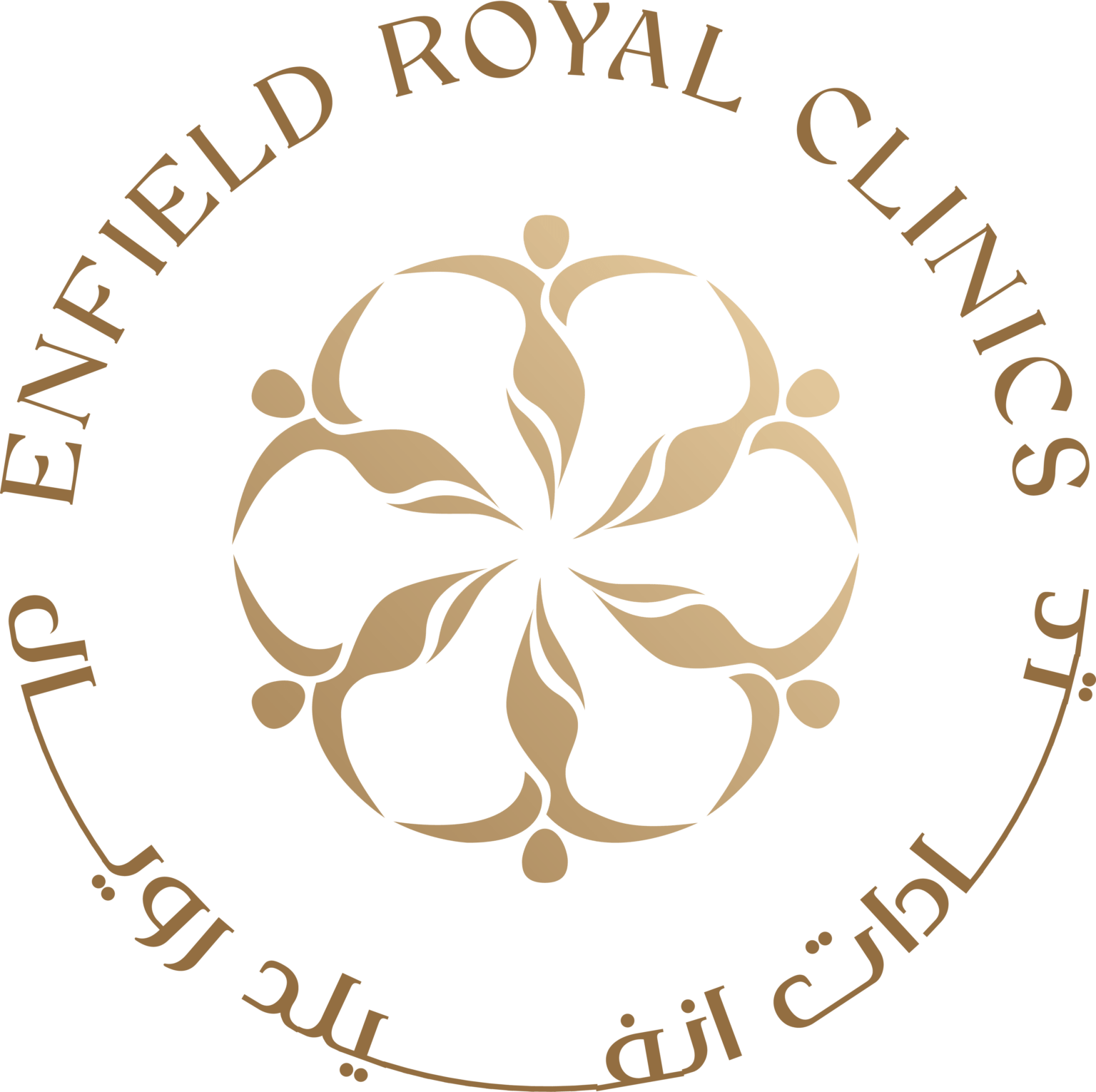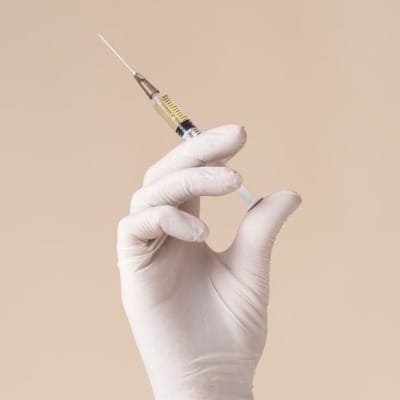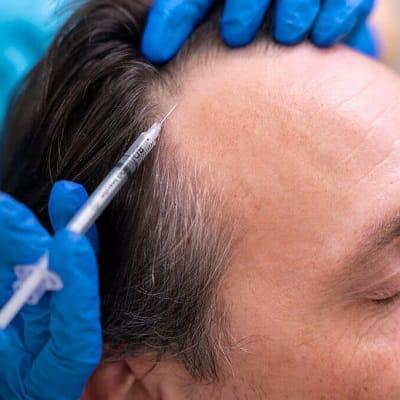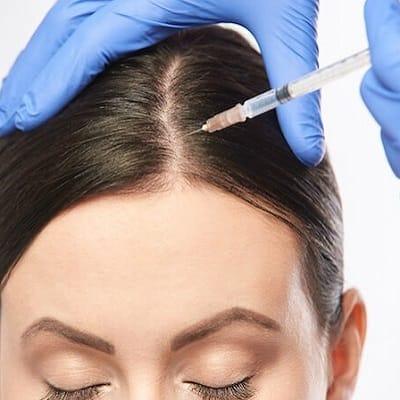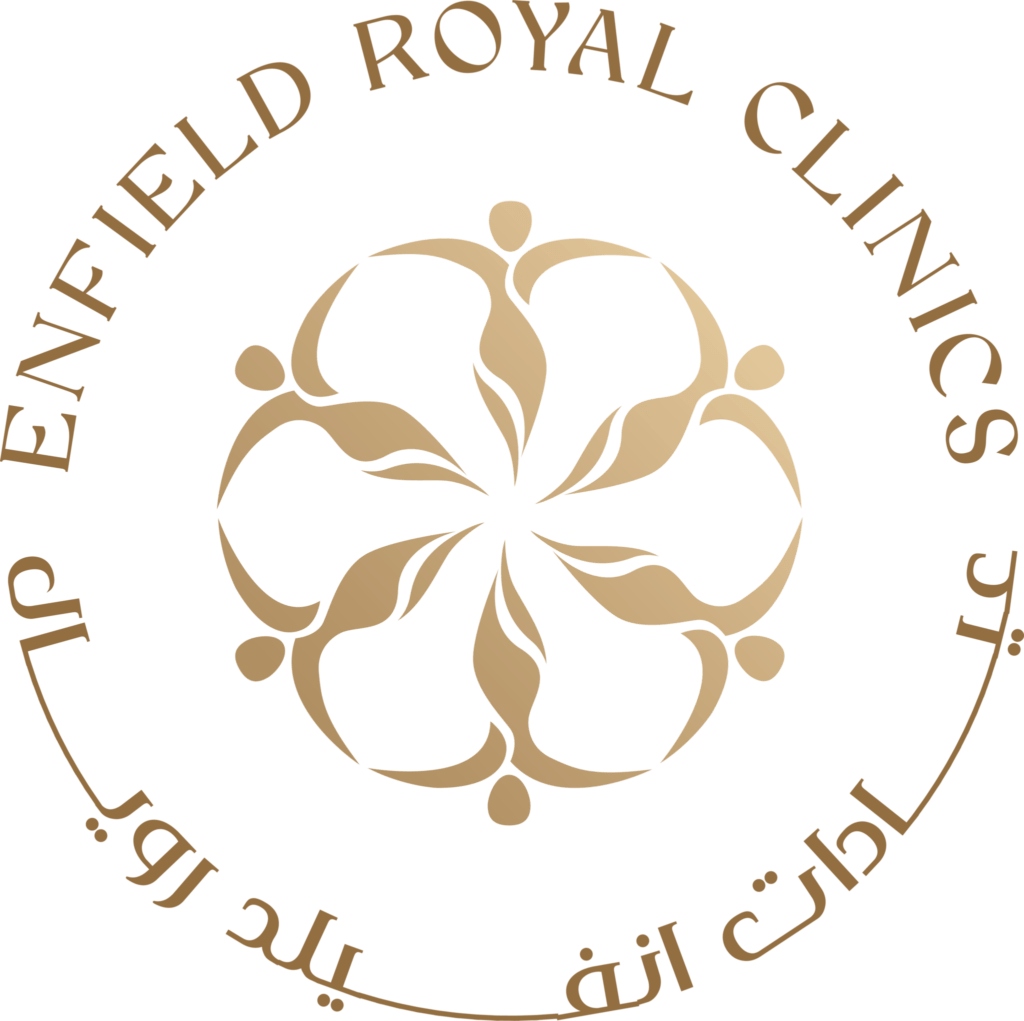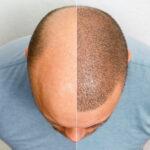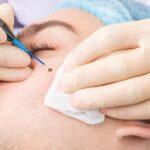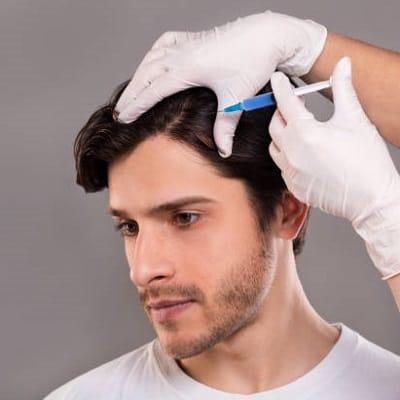
Do you also need help with lousy hair issues and are disappointed with the other hair loss remedies? You’re not alone. It is still one of the common diseases that influence the quality of life of many individuals; everyone seeks treatment. Another therapy is developing and is familiarly named PRP therapy. PRP is the blood of the person that is spun to get the platelets and other growth factors and then used to inject into the scalp. This technique is applied in the process of revitalizing hair roots or hair follicles.
What is PRP Treatment?
PRP treatment is a procedure that helps with hair regrowth and improved hair thickness. PRP is the part of blood that contains more platelets and growth factors than normal plasma.These components act to restore and rebuild an organism’s tissues.
The process begins with a blood test, which may be as ‘normal’ as any blood test. The collected blood is then mixed well and separated from the other blood parts in a centrifuge that spins at high speeds. A portion of the concentrated PRP is, thereafter, injected into the scalp in the balding or bald sections.
How PRP Helps Hair Growth?
When you apply a PRP solution to the scalp, growth factors are created that are used in the tissue repair process. These growth factors are helpful in awakening the sleeping hair follicles, hence promoting hair regrowth.
Some of the key factors generated in PRP are platelet-derived growth factors (PDGF), transforming growth factors (TGF), and vascular endothelial growth factors (VEGF). These enhance the flow of blood around the hair follicle, cell division, and the formation of proteins that form hair fibres.
PRP Treatment vs. Other Hair Loss Treatment:
PRP vs. Tropical Treatment:
PRP involves the use of autologous blood to activate hair growth, and this works for many people. While Minoxidil is applied topically and Finasteride is taken orally, PRP therapy has a more biological method since it makes use of a part of the patient’s blood, specifically the platelets. Minoxidil typically needs to be used each day, and potential side effects include scalp inflammation; Finasteride’s side effects include impotence.
PRP vs. Hair Transplantation:
PRP is a process of hair restoration that is usually done by injecting platelets into the head without the use of a scalpel. It has fewer drawbacks and risks than surgical treatment, and sometimes, it is not necessary to take sick leave, which is suitable for patients who need cosmetic surgery.
Hair transplantation provides more evident and swifter outcomes compared to the PRP procedure. However, it is more rebellious; it takes longer for the wounds to heal, and it may be more expensive compared to open surgery.
Benefits of PRP Treatment:
Here are several benefits of the PRP treatment for hair loss as compared to conventional practices.
- The first advantage is that it is a noninvasive procedure;l or suture is used.
- This makes it less invasive. There is little or no downtime, and you can go back to your normal activities immediately.
- Further, PRP can give a natural-looking result compared with the other available procedures.
- It uses one’s blood to promote hair growth; hence, the new hair is almost indistinguishable from other hair.
Risks and Considerations:
- Mild pain at injection sites
- Temporary swelling or redness on the scalp
- Infections
- Allergic reactions
Ideal candidate:
- Individuals with Early-Stage Hair Loss
- Healthy Adults
- Non-Smokers
- Realistic Expectations
- Absence of Severe Hair Loss
Cost of PRP in Islamabad:
PRP hair treatment cost in Islamabad starts from PKR 15,000 to PKR 25,000 per session. Still, it can be rather expensive based on the period of treatment, the number of sessions required, the clinic’s location, and the doctor scrutinizing the patient.
Alternatives to PRP Treatment:
If PRP is not for you, other non-surgical hair restoration options are available. Some topical therapies that are often used include laser therapy and topical treatments.
Laser Therapy uses low-intensity laser technology to activate hair follicles and promote blood circulation in the head area. It is not invasive and is a worthwhile tool for gaining better hair density in the future.
Minoxidil is used clinically as a Topical Treatment, as it is directly administered to the scalp to stimulate hair regrowth. These treatments are typically convenient, but some of them may need repeated application to be effective.
Consultation!
Overall, PRP treatment is a viable procedure for those willing to combat hair loss. Compared to other methods, such as drugs and lasers, PRP offers a distinct process that may take less time and give more visible results.
Please visit Enfield Royal Clinics for more details and to schedule an appointment to speak to one of our staff members about whether PRP therapy is suitable for you. Our well-qualified staff will help you get the most out of your hair restoration experience.
